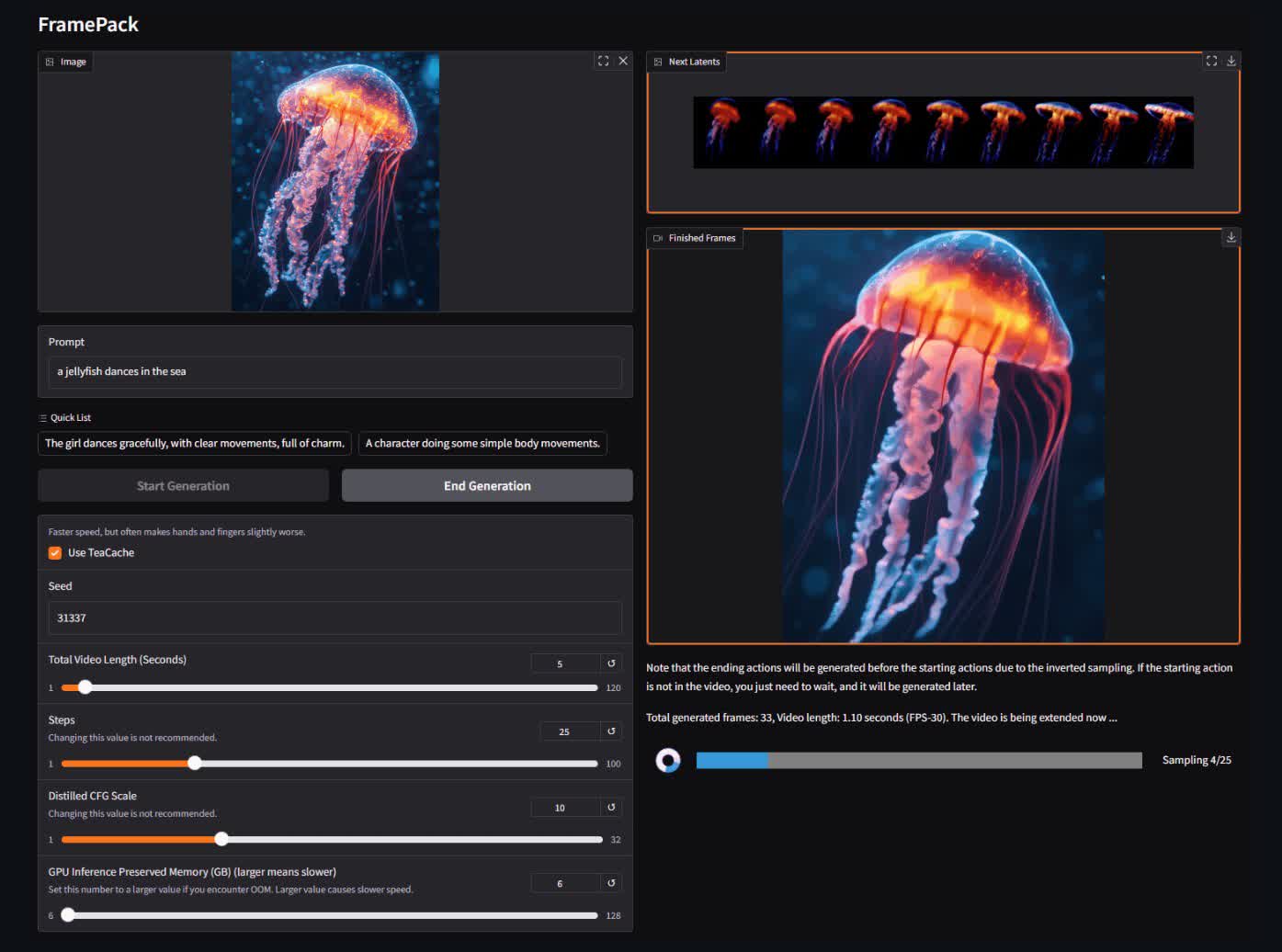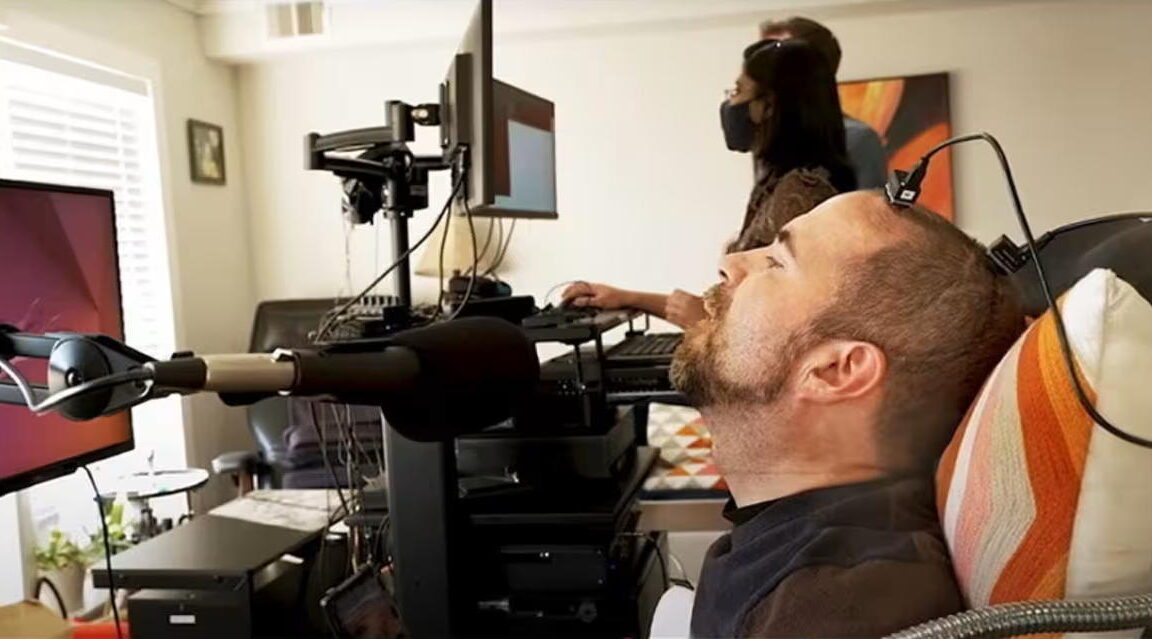
ARCHEYES.COM
Anadu Pine Villa by STUDIO8 Architects: A Minimalist Concrete Retreat
Anadu Pine Villa | © Seth Powers
Tucked away in a secluded valley two hours from Shanghai, Anadu Pine Villa is not simply a boutique retreat but a spatial manifesto on restraint, sensory immersion, and landscape choreography. Designed by STUDIO8 Architects, the estate consists of three guest villas and a reception pavilion embedded within a pine and bamboo forest. Eschewing the expectations of overt luxury or architectural spectacle, the project explores how architecture can act as a quiet mediator between the human body and the natural world.
Anadu Pine Villa Technical Information
Architects1-6: STUDIO8 Architects
Location: Changxing, Zhejiang Province, China
Area: 4,960 m2 | 53,400 Sq. Ft.
Completion Year: 2021-2024
Photographs: © Seth Powers
We believe that when the structure, density, and scale of a building are carefully considered—the ‘bone structure’—the quality of the interior space will naturally reveal its lasting value, without the need for excessive decorations.
– STUDIO8 Architects
Anadu Pine Villa Photographs
Aerial View | © Seth Powers
Aerial View | © Seth Powers
Aerial View | © Seth Powers
Courtyard | © Seth Powers
© Seth Powers
© Seth Powers
© Seth Powers
Entrance | © Seth Powers
Facade | © Seth Powers
Interior | © Seth Powers
Dining Area | © Seth Powers
Bedroom | © Seth Powers
Bedroom | © Seth Powers
From Philosophy to Form: A Site-Responsive Approach
The architectural premise of Anadu Pine Villa begins with an ethos rather than a typology: “Find yourself in nature.” Rather than imposing a formal vocabulary onto the site, the design is articulated as a response to topographic rhythms and ecological patterns. The three guest units are positioned along the valley’s contours, each volume slightly rotated to frame unique views and minimize visual overlap, fostering a sense of solitude without isolation.
The project also navigates historical memory. Where an old rural house once stood, the wine and cigar bar now rises. Yet instead of erasing the past, the new structure subtly echoes it: a reinterpretation of the gabled roof becomes a four-sloped volume, transforming the familiar into the abstract. This gesture—a blend of reverence and revision—anchors the estate to place and time.
The overall composition of the estate reflects a non-hierarchical, anti-axial layout that privileges landscape over symmetry. The winding arrival sequence, the curved bamboo-textured walls, and the gravel transitions all contribute to a slow unfolding of space that foregrounds experience over image.
Spatial Choreography: Enclosure, Exposure, and Transition
A key strength of the project lies in its carefully curated spatial transitions. The journey begins at the threshold—a modest L-shaped gate clad in charred timber and bamboo-textured concrete—before extending along a pine-lined drive. The architectural language resists monumentality here, favoring low, grounded gestures that defer to the forest canopy.
The wine house explores spatial dualities through massing: the enclosed cigar lounge sits tightly under a descending roof plane. At the same time, the reception area opens upward and outward, the ceiling appearing to levitate. The double-edged eaves become subtle instruments of light control and weather mitigation, but more significantly, they soften the building’s geometry, offering a moment of quiet formal ambiguity.
The villas themselves intensify this dialogue. Upon entering, guests encounter a dramatic spatial release—two concrete slabs frame the forest without obstruction, offering a full 270-degree panorama. This strategy of compression and release recalls classical architectural promenade sequences, yet here it is filtered through a language of minimal materiality and maximal view.
The plan dissolves traditional spatial boundaries: living, bathing, sleeping, and cooking zones flow into one another, delineated more by furniture and floor treatments than walls. This open, continuous interior reinforces the project’s central ambition—to minimize the distance between architecture and its setting.
Materiality as Structure and Atmosphere
Material decisions throughout Anadu Pine Villa reflect a commitment to structural clarity and sensory nuance. Exposed concrete forms the architectural skeleton, poured with integrated piping and structural beams to eliminate the need for surface-mounted systems. This infrastructural honesty allows the slabs to express weight and weightlessness—hovering above the terrain while anchoring the space.
Yet concrete alone would risk austerity. STUDIO8 tempers this with a palette of natural materials that are locally informed and tactically deployed: reclaimed wood supports span small distances, carry mechanical systems, and lend warmth to key touchpoints; charred timber and textured concrete respond to traditional Chinese building techniques without defaulting to pastiche.
The interiors are defined by custom wooden furniture, soft walnut finishes, and handcrafted brick vanity walls that fold through the bathroom corners. Rather than decorative flourishes, these elements are architectural—responsive to scale, proportion, and the rhythms of occupation.
Lighting, too, is treated with nuance. From recessed cove lights to pendant and table lamps, illumination is layered to foster intimacy rather than spectacle. The effect is quiet modulation, aligned with the daily sunlight shifts through skylights and full-height glazing.
Anadu Pine Villa Broader Significance
Anadu Pine Villa challenges conventional hospitality models by embracing micro-scale and narrative spatiality. By resisting density and rejecting programmatic excess, the project reframes what it means to design for luxury, not as accumulation but as intentional reduction.
Its significance extends beyond its footprint. As architecture increasingly contends with environmental and psychological crises, projects like Anadu offer an alternative: a design practice rooted in observation, slowness, and patient calibration of form to context.
Moreover, STUDIO8’s emphasis on the “bone structure”—the fundamental spatial and structural integrity of a building—invites a reconsideration of architectural longevity. Here, the quality of space is not achieved through surface embellishment, but through measuring mass, void, light, and material. It is an architecture that does not demand attention, but quietly rewards it.
By receding into the forest while heightening our experience, Anadu Pine Villa reminds us that architecture’s highest ambition may not be to express, but to reveal—to serve as a lens through which nature, time, and human presence can coalesce.
Anadu Pine Villa Plans
Site Plan | © Studio8 Architects
Floor Plan | © Studio8 Architects
Section | © Studio8 Architects
Detail | © Studio8 Architects
Anadu Pine Villa Image Gallery
About STUDIO8 Architects
STUDIO8 Architects is a Shanghai-based multidisciplinary design studio integrating architecture, interior design, landscape, and branding into cohesive spatial experiences. Guided by the philosophy “Time is the only expression,” the studio emphasizes contextual sensitivity, material honesty, and the seamless blending of Eastern and Western influences to create timeless, site-responsive architecture.
Credits and Additional Notes
Client: Anadu
Chief Architects: Shirley Dong, Matteo Piotti, Andrea Maira
Design Scope: Planning, Architecture, Interior, Landscape
Total Building Area: 608 m² | 6,544 sq ft
Wine & Cigar Bar (Reception): 234 m²
Guest Villas: 374 m
0 Comentários
0 Compartilhamentos
42 Visualizações











